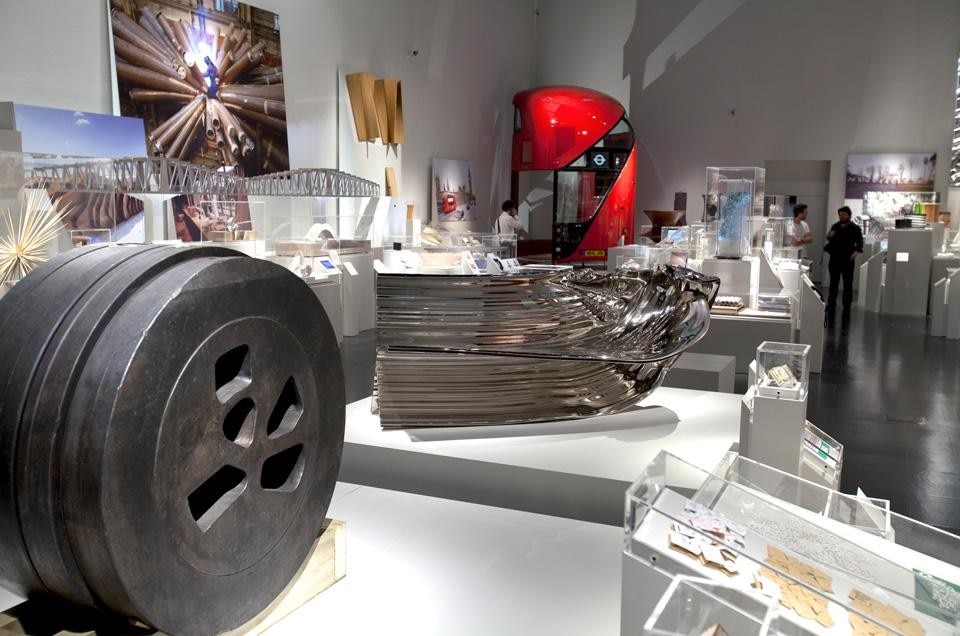He won the design world over long ago, first with his Rolling Bridge in Paddington, a faultless timber and steel contraption that curls up like a snake to close in a perfect wheel shape, and subsequently with his UK Pavilion at the Shanghai 2010 Expo, a design-manifesto of British eccentricity but also a mix of original contents and innovative technology — acrylic fibre applied to a prickly building. It just goes to show that, when properly thought through and with an eye on saving resources, even highly unusual architectural forms can coexist and blend with the urban context, bringing a breath of fresh air and raising a smile.
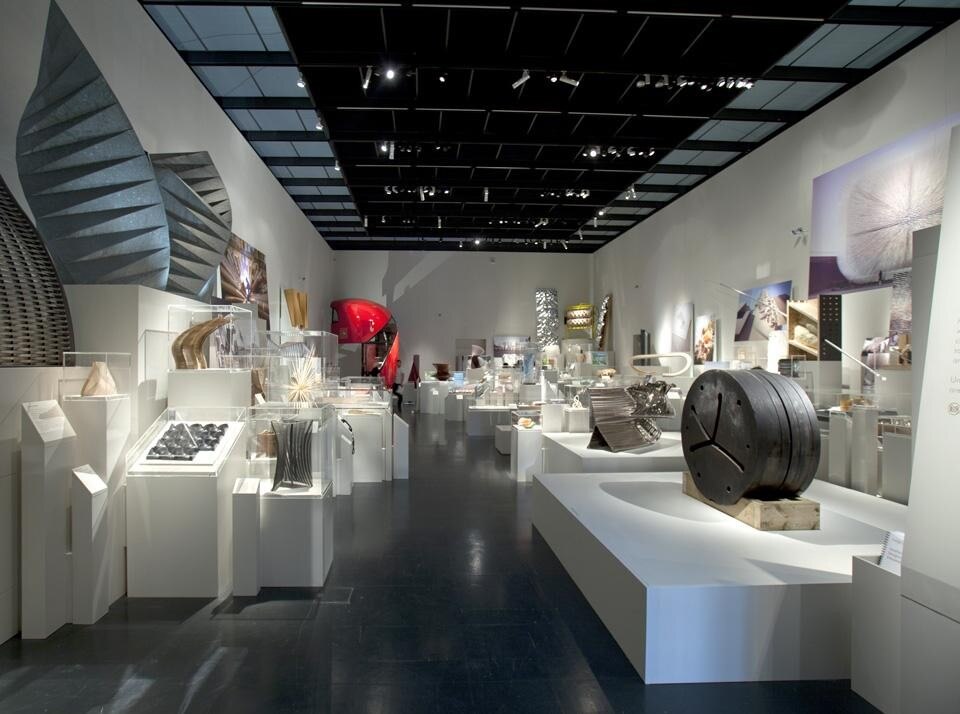
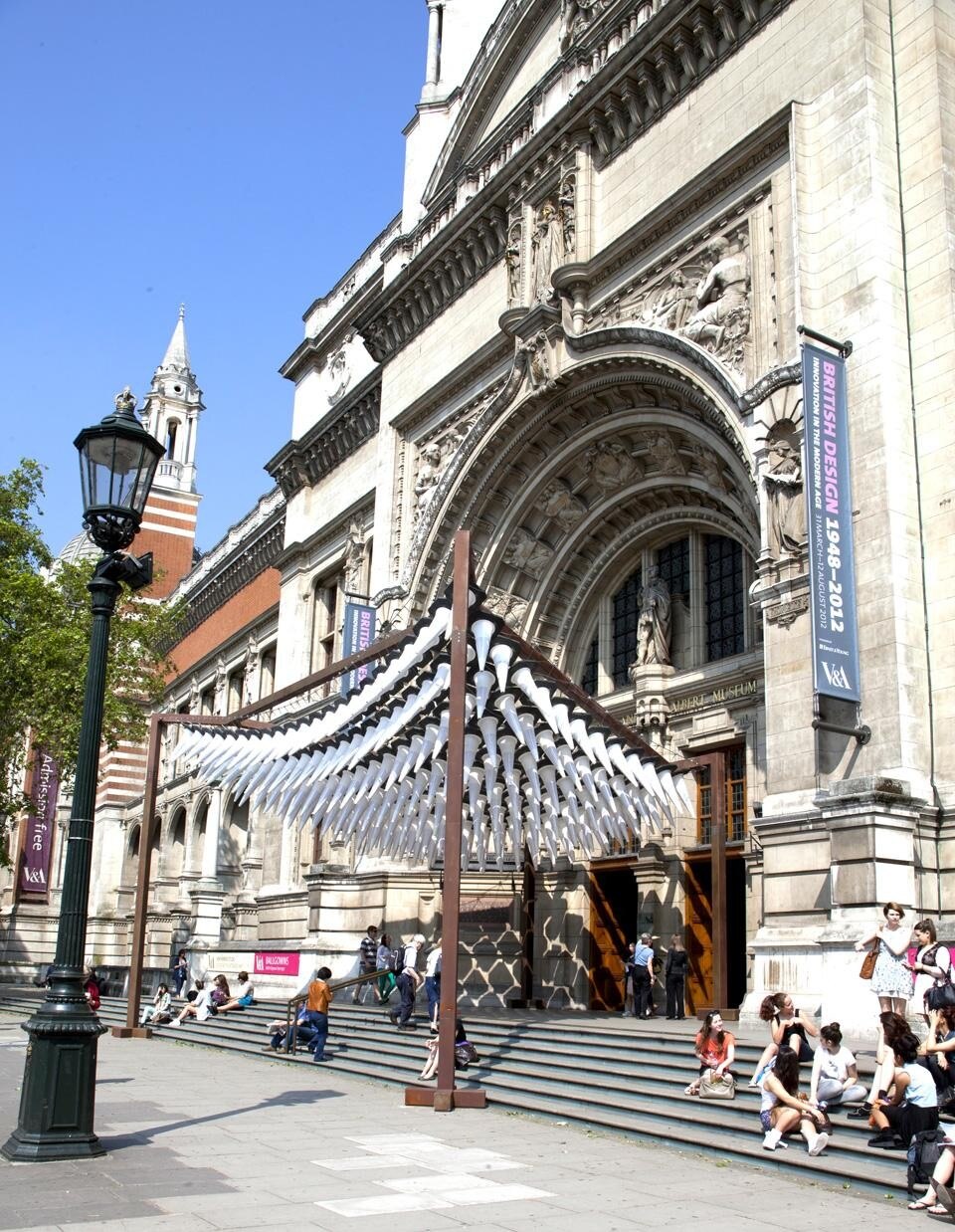
Heatherwick is truly extraordinary: his mindset drives him to design everyday things simply, in a manner that is not just new and innovative but conveys a message, usually through unusual forms and lines
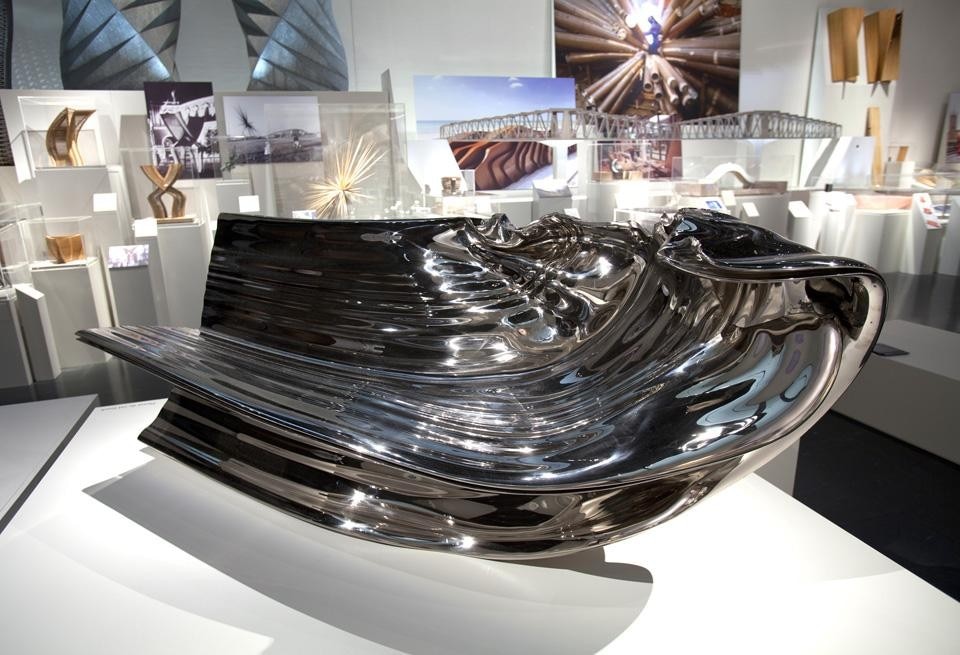
Some things simply cannot be done alone and engaging different professions (even an acrobat) adds to a project's success, especially when the Thomas Heatherwick studio is asked to conceive and design urban spaces and public works — projects that bring a certain degree of responsibility with them. A significant example is his 2002 B of the Bang, installed outside the Manchester stadium on the occasion of the Commonwealth Games. A gigantic 56-metre steel-spike sculpture, weighing 170 tons, rises out of the ground to look like a starburst in the sky.
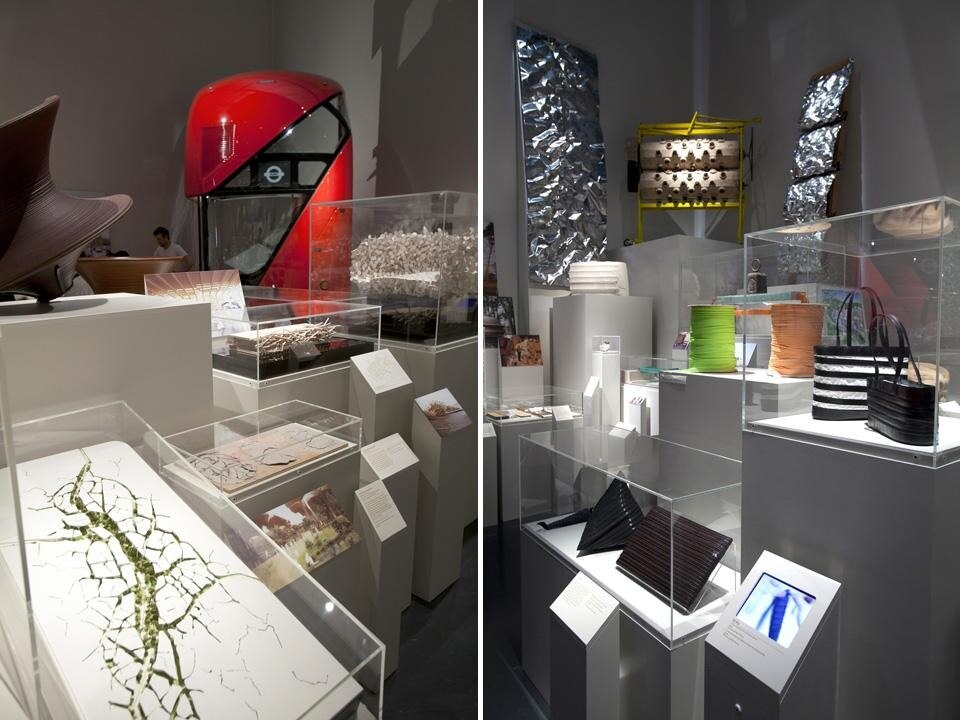
The Spun chair (initially produced in aluminium and then in plastic for Italy's Magis) spins on itself like a top and no one cares whether it is comfortable — but it is, and this fun design conveys the playful side of Heatherwick. At the V&A, the exhibition also shows two curved oak doors from his 1994 Twisted Cabinet, which seems to geometrically peel away from itself. Climbing the walls of the crowded room, they represent the wealth of information that Thomas Heatherwick is accustomed to processing, at times all at once. In the same year, he designed his sculptural Bench for public parks that, with its sinuous curves, aims to be as ergonomic as possible and stems from the desire for improved posture, even when relaxing in a garden.
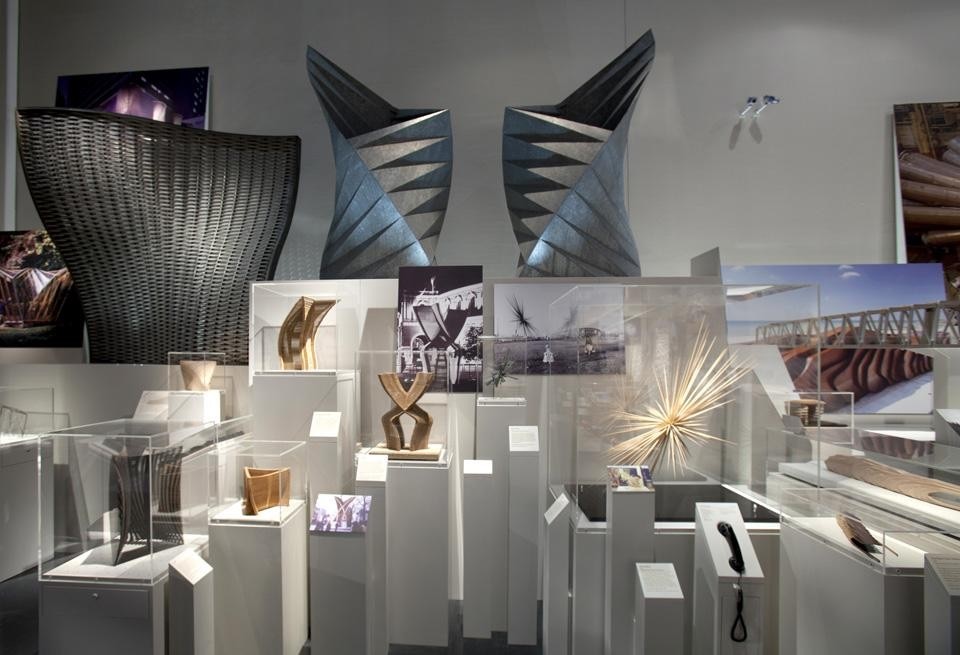
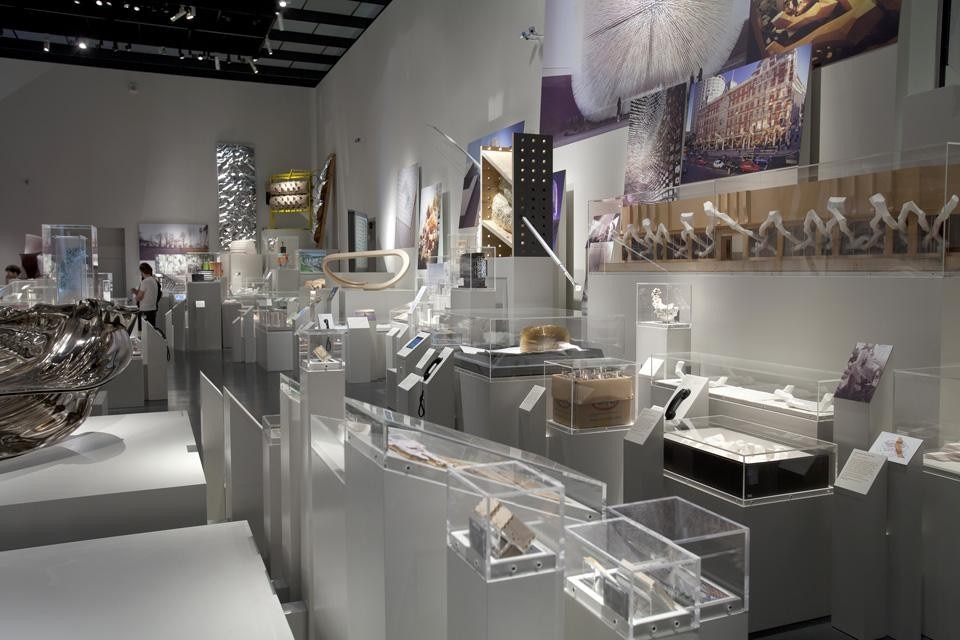
Heatherwick Studio: Designing the Extraordinary
Victoria and Albert Museum
London


